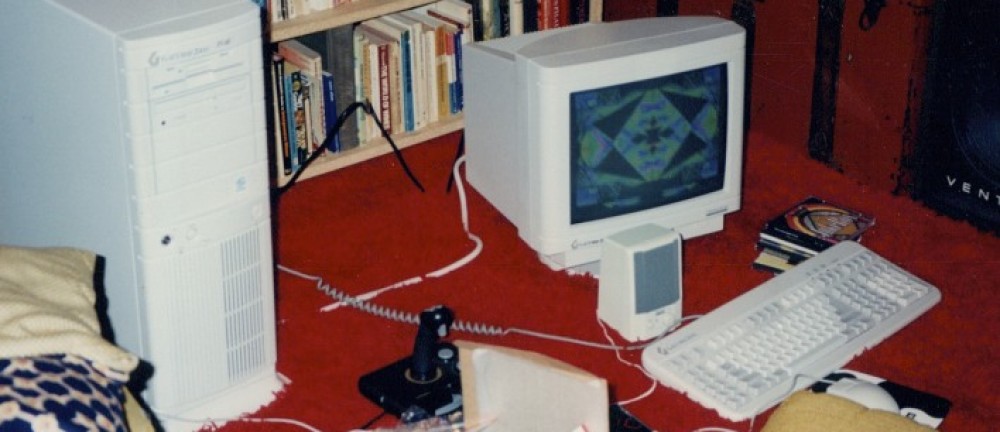There have been a few articles in the past week stating that the end of HDV is near. This article in particular goes into depth about the emerging intraframe formats which are vying for the low-end professional market.
I agree that AVC-Intra (note: AVC could be either inter- or intra-frame, don’t assume!) and JPEG2000 are good options for compression going forward. They’re both good steps forward, but I don’t think they’re HDV competitors. Let me explain.
At this point there are no “professional” HDV cameras on the market. The closest you get are the XDCamHD products from Sony, which are more or less HDV wrapped in MXF going onto an optical disc, with the ability to bump up the bitrate a little bit. All the other HDV cameras on the market are, in my opinion at least, consumer or pro-sumer level. JVC might argue a bit, but they’re JVC so who cares?
The products being discussed in the Nordahl article are most closely related to the XDcamHD products. Neither AVC-Intra nor JPEG2000 are particularly well suited to tape based storage, at least miniDV style cassettes. The Panasonic and Grass Valley (respectively) cameras instead make use of different direct-to-disk recording options. AVC-Intra is just an i-frame-only version of H264, which itself is just a further development of the technology from MPEG-2. JPEG2000 uses wavelet compression and could be pretty impressive. I’ve never used it in production. Both are solid choices for higher-bitrate recording.
I don’t think HDV is going anywhere soon. Getting away from LongGOP compression is a good idea in the long run, but for the low end of the market I think it’ll have to wait until flash memory becomes much larger and much cheaper. I’m a firm believer that it will be difficult to penetrate the low end of the market without the ability to easily swap media in the field, without lugging along a laptop. That means being able to carry a pocket full of flash cards, preferably of some variety that can be purchased at a local Target or Best Buy when you’re shooting in the field. P2 is a start down that path, but I think widespread adoption is still a ways off. Products like the Firestore are just bridging the gap until we can have proper direct-to-memory capture.
From a technical standpoint, I think we’re just starting to see what HDV can do. For example, read Steve Mullen’s article on smart GOP splicing. If you can avoid the generational issues of reencoding HDV, the remaining issues are based on processing speed. I wouldn’t be surprised to see realtime HDV output over firewire in the next version of Final Cut.
Here’s my predictions for recording formats in 2007 and 2008. For cameras under $10,000, HDV will remain the dominant force. The HVX-200 and successors will continue to embrace P2, but I think it’ll be 2009 or 2010 before P2 is really practical in all situations.
For cameras from $20,000 – $50,000, you’ll see a few formats. AVC-Intra will replace DVCProHD, as NLEs add support for that format. AVC-Intra has major benefits over DVCProHD with no downsides. XDCamHD will stick with the current setup through 2007, but in 2008 I’m expecting to see a higher bitrate recording system (XDCamHD2 or some such) which will add a non-GOP recording format. It’d be nice if it was JPEG2000, but I’m guessing it’ll be SONY2000 or something stupid and proprietary like that. JVC will continue to push ProHD long past its sell-by date, and the HD100 will become a faded memory.
Above $50,000, I think what we’ve got today is pretty much where we’ll stay, with the exception of DVCProHD being replaced by AVC-Intra. HDCam, HDCam-SR, D5 and the other “big tape” formats are with us for the long haul at this point. Various direct-to-crazy-raid turnkey solutions will probably begin to creep into this market space as well, but it’ll be a slow process.
And me? I’ll just go back to shooting Hi8.


